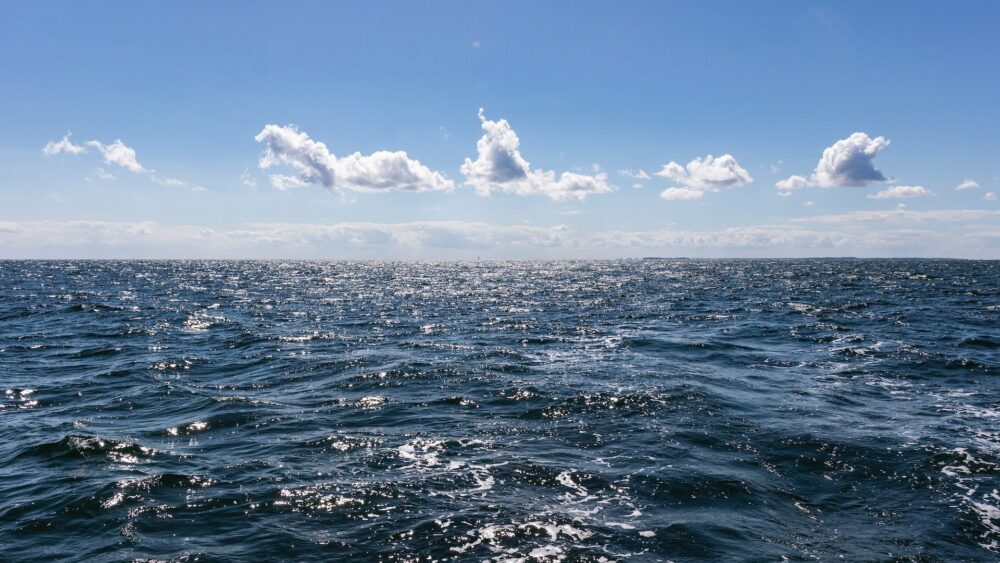No products in the cart.

Photo: Michael Held/Unsplash
Another undersea gas pipeline supplying Europe has been seriously damaged in what appears to be a deliberate act of sabotage.
The Baltic Connector Pipeline in the Gulf of Finland registered an unusual drop in pressure on the night between Saturday and Sunday, October 7-8, shortly before 2 a.m. It soon became clear to the operator, Gasgrid Finland Oy, and the Estonian gas grid operator, Elering, that the pipeline was damaged.
Around the same time, an undersea telecommunications cable between the two countries suffered damage, as well.
Both governments announced publicly on Tuesday, October 10 that the pipeline was offline and an investigation underway.
“It is likely that damage to both the gas pipeline and the communication cable is the result of outside activity. The cause of the damage is not yet clear; the investigation continues in cooperation between Finland and Estonia,” Finnish President Sauli Niinistö said in a statement on Tuesday.
“We are still verifying if the damage [was] caused deliberately or accidentally,” chief inspector Timo Kilpeläinen said at a press conference, adding that the size of the damage was such that it indicated deliberate action.
“This act could not have been done by an ordinary person,” Kilpeläinen told reporters, but “required special knowledge.”
Also speaking at the press conference, Finnish Prime Minister Petteri Orpo said the damage to the pipeline was “worrying,” but that the country’s energy supply remained stable and that its telecommunications connectivity had not been widely affected.
“It is too early to draw conclusions on who or what caused the damage,” Orpo also said.
The damage to the pipeline occurred in the Finnish economic zone of the pipeline, while the communications cable is believed to have been damaged in Estonian waters.
The pipeline runs between Inkoo in Finland and Paldiski in Estonia, crossing the Gulf of Finland, an arm of the Baltic Sea that extends towards Russia to the east, including the port of St. Petersburg. The pipeline was opened in 2019 to give more natural gas supply options to the Baltic region. Repairs to the pipeline could take months.
Both Estonia and Finland are NATO members.
In a separate press conference, Estonian Foreign Minister Margus Tsahkna likewise emphasized that the damage is believed to be man-made.
Finland has not yet released images of the damaged Baltic Connector gas pipe, but Estonian Navy Commander Jüri Saska says that both the pipe and the concrete around the line have been completely torn apart in the damaged area.
“[It looks] as if it was pulled from one side, like a water hose stuck behind your leg, and you’ve dragged it behind you,” Saska said in an interview aired on the Estonian broadcasting company ERR.
“I’m not going to speculate. But something has pulled the pipe from one side to the other,” he told ERR.
Helsingin Sanomat, Finland’s largest newspaper, has also reported that, according to marine traffic control, the Russian tanker SGV Flot was in roughly the same position all weekend, from Friday evening to Sunday evening.
The ship is part of the fleet of the St. Petersburg-based shipping company Baltic Fuel Company. In a statement to the Finnish press, the company blamed the weather for the ships’ slow movement over those three days, citing high waves and other conditions that had forced the vessel to remain at anchor.
Norwegian seismology institute Norsar also said on Tuesday that it had detected “a probable explosion” close to the location of the pipeline in the Baltic Sea that coincided closely with the time the pipeline went offline, though the data were still uncertain.
Gas prices rose on the news of the damaged pipeline following a previous spike in response to the attacks on Israel, Reuters reports.